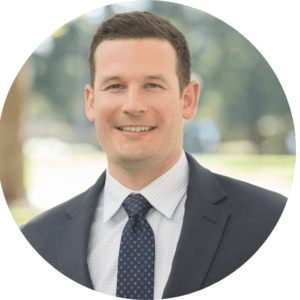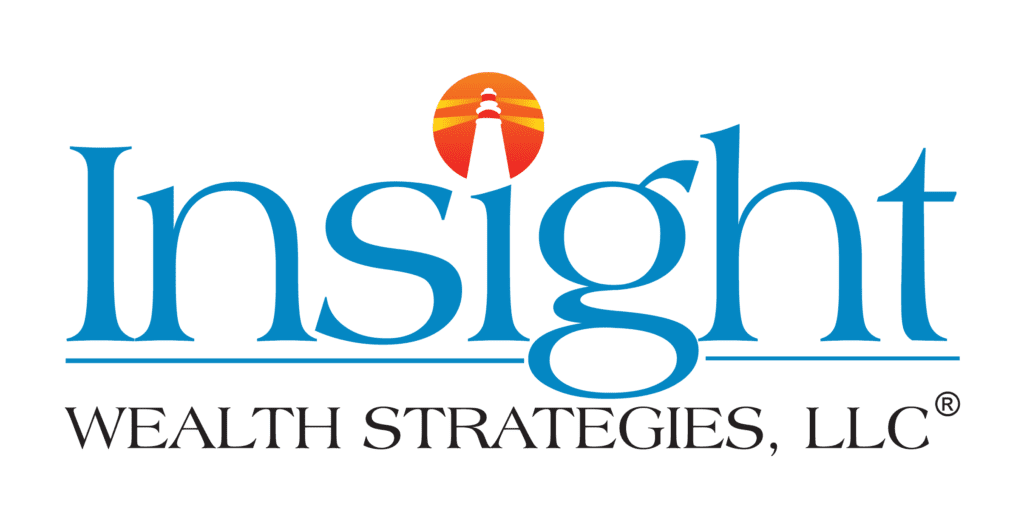Life After Retirement: Structuring Income for Longevity
For many of our clients, retirement isn’t a finish line—it’s the start of a new phase of life. You’ve worked hard, built your wealth, and now it’s time to enjoy it. But even with substantial assets, retirement requires careful income planning. Without a thoughtful strategy, taxes, market volatility, and inflation can erode your financial security over time.
At Insight, we often work with clients who have multi-million dollar portfolios and multiple income sources—from pensions and Social Security to investment accounts, real estate, and business interests. The common goal? Turning that wealth into a sustainable income stream that lasts through a retirement that could span 30+ years.
Here’s how we help our clients structure their income to support longevity, lifestyle, and legacy.
Start with a Layered Income Approach
Think of your retirement income plan as a tiered system. At the foundation are your reliable, predictable income sources—what we call your “core” income. These include:
- Social Security benefits (if applicable)
- Pensions (like the Chevron Retirement Plan)
- Annuity payouts (if used)
- Required Minimum Distributions (RMDs) from qualified accounts
These are the sources we count on to cover essential expenses—housing, food, insurance, and basic lifestyle needs.
Above that layer, we structure “flexible” income—usually drawn from taxable brokerage accounts, Roth IRAs, or trust assets. This layer gives you flexibility to fund travel, hobbies, and gifting, while allowing us to manage taxes and investment risk more effectively.
Finally, there’s the “opportunity” layer—typically made up of concentrated equity positions, private equity, or rental income. These are valuable but often less liquid or more volatile. We integrate them strategically, depending on your goals and market conditions.
Tax Diversification Is Just as Important as Asset Diversification
One of the most common mistakes we see—even among very wealthy retirees—is drawing income from the wrong accounts at the wrong time. Sequence matters, and so does tax treatment.
Let’s look at a quick example. A client we’ll call Sarah came to us after retiring at age 60 with $6 million in assets spread across a pension, a large traditional IRA, and a taxable investment account. Her initial plan was to start IRA withdrawals immediately, thinking she should “get ahead” of RMDs.
But by analyzing her tax bracket, projected Social Security, and investment income, we showed her that drawing from her taxable account first and deferring her IRA withdrawals would keep her in a lower tax bracket and allow her IRA assets to grow tax-deferred until age 73.
We also did partial Roth conversions during low-income years, effectively smoothing out her tax burden and reducing future RMDs. The result? She kept more of her money and gained additional flexibility in later years.
Plan for Longevity—Even If It Feels Far Off
It’s tempting to plan retirement income based on a 20-year horizon, but many of our clients live well into their 90s or beyond. A couple retiring at age 65 today has a nearly 50% chance that one of them lives past age 90. Longevity is a gift, but it also means your retirement income plan may need to last for three decades or more.
We factor this into every plan we build. That means creating income streams that are not only sustainable but adaptable. Your spending will evolve. So will markets. So should your strategy.
One client, a former oil and gas executive, structured his income so that only 3% of his portfolio value was withdrawn annually in his early retirement years. By adjusting his withdrawals gradually and using a bond ladder for predictable cash flow, we were able to preserve his principal and minimize market risk while still funding his lifestyle and travel goals.
Revisit and Adjust Regularly
Income planning is not a set-it-and-forget-it process. Life changes. So should your plan.
We meet with our clients regularly to reassess their income needs, spending patterns, market performance, and tax landscape. If your travel plans ramp up, we adjust. If RMDs increase, we plan around them. If a recession hits, we pivot to reduce withdrawals and preserve capital.
In fact, during the 2020 market downturn, we helped a number of clients temporarily pause portfolio withdrawals and instead draw income from cash reserves or maturing bonds. This flexibility helped preserve their investments and avoid selling in a down market.
Final Thoughts: Income That Matches Your Life
At the end of the day, retirement income planning is not just about spreadsheets and tax projections. It’s about creating a life you want to live—with freedom, peace of mind, and the ability to support the people and causes you care about.
If you’re an individual approaching or living in retirement, we can help you build a custom income strategy that fits your lifestyle and lasts through the decades ahead.
Written by,

Michael Agorastos, CFP®
Michael is a comprehensive, fee-only financial planner who began his financial services career with Insight Wealth Strategies in 2013. His primary areas of expertise cover retirement planning (e.g. cash flow analysis, developing retirement income strategies, stock option planning, corporate benefit analysis, etc.), investment planning, and high-level income tax reduction strategies for individuals and small business owners.
Insight Wealth Strategies, LLC is a Registered Investment Adviser. Advisory services are only offered to clients or prospective clients where Insight Wealth Strategies, LLC and its representatives are properly licensed or exempt from licensure. Past performance is no guarantee of future returns. Investing involves risk and possible loss of principal capital. No advice may be rendered by Insight Wealth Strategies, LLC unless a client service agreement is in place.
Insight Wealth Strategies, LLC (IWS) and its affiliates do not provide tax, legal or accounting advice. This material has been prepared for informational purposes only, and is not intended to provide, and should not be relied on for, tax, legal or accounting advice. You should consult your own tax, legal and accounting advisors before engaging in any transaction.
Certified Financial Planner Board of Standards Inc. owns the certification marks CFP®, CERTIFIED FINANCIAL PLANNER™, in the U.S., which it awards to individuals who successfully complete CFP Board’s initial and ongoing certification requirements.

